Where it all started
It always helps to know where it all started. Thomas Edison invented the phonograph in 1877. His invention was able to record sounds onto tinfoil wrapped around a rotating cylinder. It used a steel needle attached to a resonator mounted at the end of a horn, all of which moved across the cylinder to both record and play back sound. This was a mechanical system that evolved over time to use a wax-coated cardboard cylinder and a steel stylus that moved from side to side in a zigzag groove around the record.
Eventually the cylinder was replaced with a flat disc similar to what we use today. This transition was the brainchild of Emile Berliner in the 1890s when the term gramophone for disc record players was universally adopted. The first commercially available 78-rpm shellac records were still played back mechanically with either a cactus or steel needle.
It wasn’t until technology advancements in the 1940s that the console radio/phono moved to tube amplified systems.
Things stayed relatively the same for the next decade and a half until 1955, when Philco developed the first transistor record player. It was at this time that the phono cartridge appeared as an electrical transducer.
Cartridges
The phono cartridge has perhaps the most important job in analog reproduction: converting the undulations within the record groove to electrical output. There currently are four common types of phono cartridge designs: moving coil, moving magnet, moving iron (sometimes incorrectly referred to as a moving magnet), and ceramic (sometimes referred to as piezoelectricor crystal). I need to comment that there are a few other designs, including strain gauge, optical and electrostatic, but they are not common and I am ignoring them for this article.
Before I go any further, I think it makes sense to explain the basic parts of a phono cartridge and their functions, which are the same for all four design types. The tip that touches the record is referred to as the stylus, which is generally made from either diamond or another type of very hard material. The exact shape of the stylus can be conical, elliptical or multi-radial, and it is either bonded to a shank or made as one solid piece.
The stylus is mounted to the end of a cantilever. The cantilever (the moving armature) can be made of anything from plastic (not a good choice) to aluminum, tapered aluminum, boron, carbon fiber, and solid synthetic gemstone. A notable example of the last design is the Dynavector DV-17D3 moving coil cartridge, which uses a solid diamond cantilever with a line contact diamond stylus. In all cases, the cantilever is supported by a damper at its pivot point. Normally there is a magnet, a coil of wire, or a piece of iron mounted to the cantilever. The illustration to the right shows a moving magnet design. The magnet, moved by the cantilever, causes an electrical flow from the coils to the terminal posts at the rear of the cartridge body. Moving magnet designs are the most commonly available cartridge type used in high fidelity systems.
Moving iron designs from companies such as ADC, Bang & Olufsen, Grado, Stanton/Pickering, and Ortofon utilize a small piece of iron sitting between the magnet and the coil, which interrupts the field between the magnet and the coil causing electrical flow to the output terminals.
With a Moving coil design, the coils are mounted to the cantilever and move in the gap between the magnets. Moving coil designs traditionally have lower electrical output and require additional amplification to raise the output voltage to equal that of a moving magnet/iron design. Advancements in rare earth magnets and improvements in manufacturing techniques allowed the development of high-output moving coil designs with output similar to MM designs, but low-output moving coil designs are still very popular
Ceramic cartridges have the stylus trace the grooves of the record and the cantilever bends the crystal causing a small amount of output voltage. I should mention that the output of a ceramic cartridge is significantly higher than that of a MM/MI design.
Cartridge design advantages and disadvantages
As with most things, there are proponents of each cartridge type. Generally speaking, however, the best performance comes from low-output moving coil designs because of the reduced moving mass of the stylus and cantilever assembly. The disadvantage of a moving coil is that the stylus is normally not user replaceable. There have been exceptions in the past (from Denon, Audio Technica, and Panasonic), but as of this writing there are no MC cartridges being built with a user-replaceable stylus.
MM, MI and ceramic designs have the advantage of user-replaceable styli. There are exceptions, such as the Grado Reference and Statement designs where the precision is so exacting the manufacturer opted to make the stylus non-replaceable.
I can say with confidence that, universally, ceramic cartridges are considered the poorest quality. The advantage of a ceramic cartridge, however, is that it doesn’t require a phono preamp for gain due to its high output voltage. And they are cheap to manufacture.
- (Page 1 of 4)
- Next page →

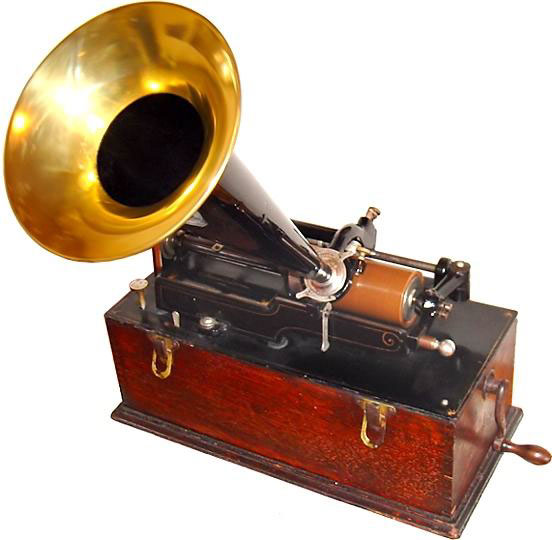
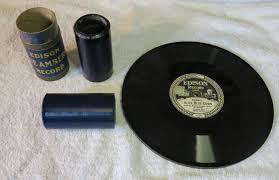
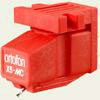
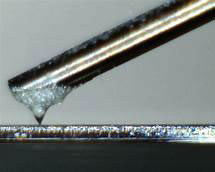
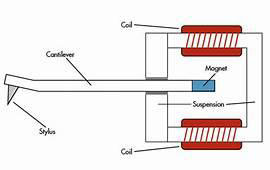
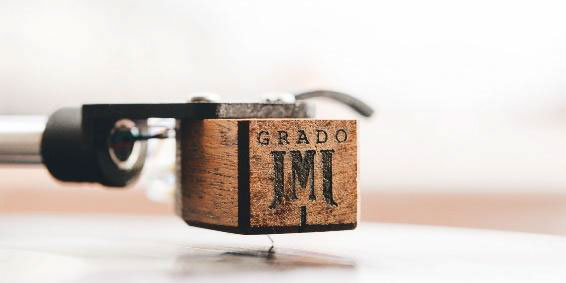
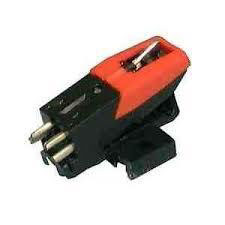
“A much simpler exotic at a much more affordable price is the Clearaudio Clarify tonearm. This unique design uses a nylon thread to suspend the arm as a pivot, held in place vertically with a magnet. If no parts of the arm touch, then there is virtually no friction. Also, it prevents resonances from affecting the performance of the system.”
The earliest Well-Tempered Labs Arm was of this design in the late-’70s/early-’80s … minus the magnet to hold it in place vertically.
It was very well received at the time — after talking with the inventor, Bill Firebaugh, in ’85, I ended up with a Well-Tempered Turntable and Arm … and never looked back.
The Kef 105.2 speakers and Nakamichi electronics (PA-7, CA-5, OMS-7 CD, ST-7 tuner) are still in use today (my former wife got custody in the divorce) and sound great.
I am a big fan of Nelson Pass who did the original design and Theshold licenced to Nak.
I agree with everything you say about the Clearaudio Arm. It is brilliantly simple and works great. Think the closest thing to it is a unipivot design.